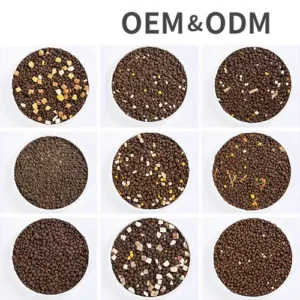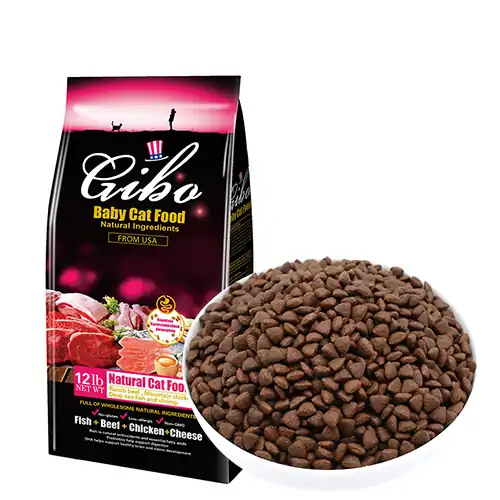What is Cat Skin Disease? What are the symptoms?
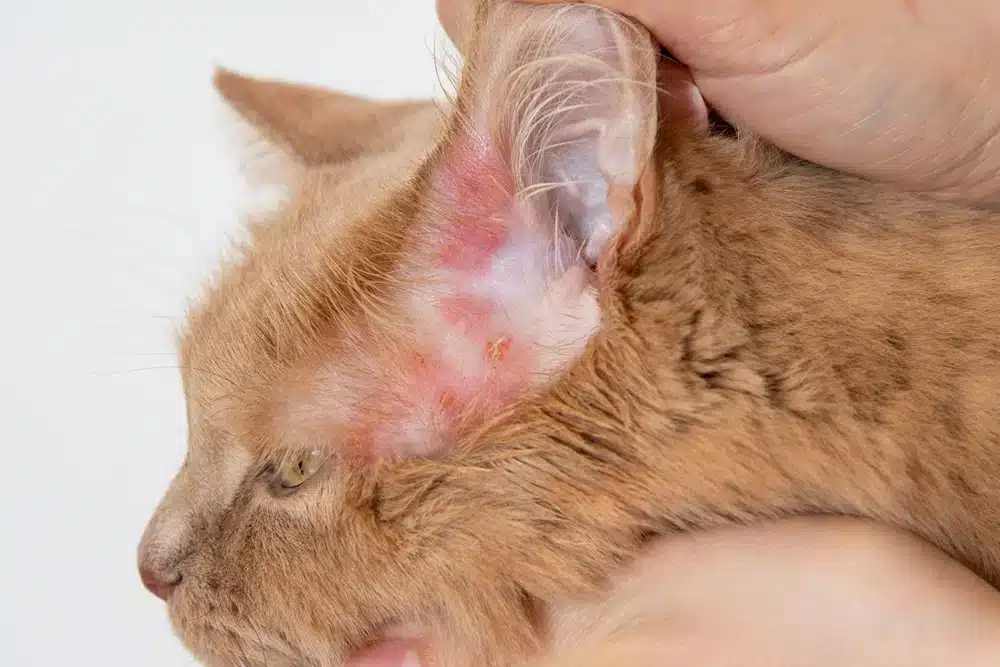
Skin disease can occur when your cat’s skin is affected by an infection, allergy or disease.
As the skin is the first line of defense against germs, when its health is compromised, it not only affects the skin itself, but can also have a negative impact on your cat’s overall health.
Symptoms of skin disease in cats vary depending on the cause, but common symptoms are listed below:
⭕Frequent scratching and grooming of their fur
⭕Hair loss
⭕Redness, swelling and rashes on the skin
⭕Scabs and sores on the skin
⭕Dry skin, flaky skin
⭕Lumps, pus on skin
⭕Itchy ears, head tossing
The discomfort caused by skin disease can also lead to behavioral changes, such as depression, loss of appetite, or even a loss of companionship.
Learn about the top 5 types of cat skin conditions!
Cat skin diseases are quite common, and there are many different types. According to the Cornell Feline Health Center, 22% of cats treated in the skin clinic had two different skin conditions, and 6% had three. Here are 5 common skin conditions in cats:
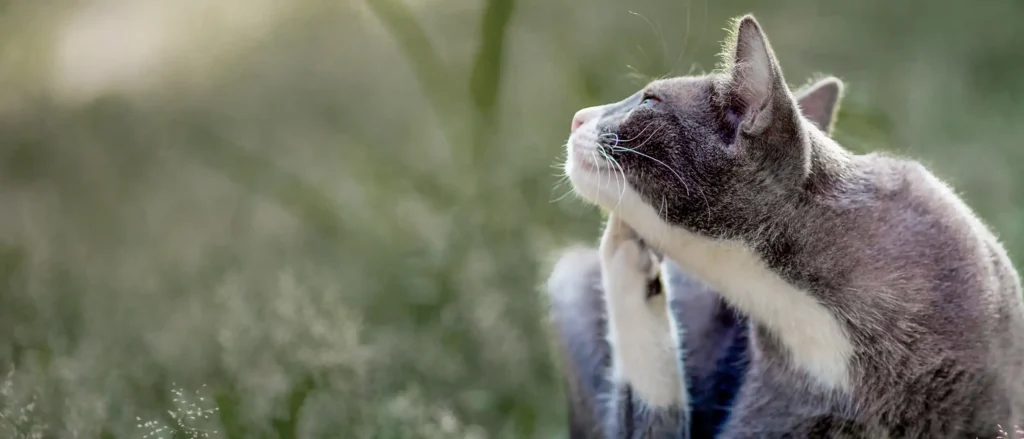
1. Allergic Dermatitis
Allergic dermatitis can be caused by food and environmental irritants such as pollen or flea bites.
Allergic dermatitis causes cats to scratch frequently, but the areas of scratching vary depending on the allergen: food-allergic cats tend to scratch their heads and necks, while other allergies include chewing on their paws and the base of their tails.
Allergies can be localized or spread throughout the body, resulting in generalized hair loss or skin lesions. In addition to seeking medical attention, allergens should be eliminated as soon as possible when allergies are detected in a furry child.
2. Mold infection
Ringworm is one of the most common mold infections in cats, especially in kittens under one year of age. This infection causes rounded bald patches to form on the head, ears, and forelimbs of the cat, and causes dryness and hair loss around the infected skin.
It is important to note that Ringworm is highly contagious and can be passed on to other pets and humans in the home. Therefore, if your child has Ringworm of the cat, you should take precautions to prevent the spread of the infection.
3. Bacterial infections
When your cat’s body is weak, its immunity is compromised, or there are problems with its skin, bacteria may take advantage of the situation. Symptoms of bacterial infections include redness, swelling, rashes, hair loss, scabs, pus, etc. In severe cases, it may lead to “sepsis,” which causes severe redness and swelling of the skin, or even ulcers.
4. Dry skin
Like humans, cats’ skin may become dry and flaky in winter. This is usually not a big problem, but if the flakes persist, it may indicate malnutrition or an underlying health problem.
5. Ear Mange
Ear mange worms live in your cat’s ear canals and feed on the wax and oil in the ears. The feeding process of these parasites can cause intense itching in your cat’s ears, along with inflammation, odor and dark-colored earwax. Because of the intense itching, cats may shake their heads frequently and scratch their ears excessively. Ear scabies infections usually affect both ears and can be passed on to other animals.
Common treatments for feline skin conditions!
If your cat is showing any signs of a skin condition, the first step is to quickly seek medical attention to find out what’s causing it! There are different treatments for different skin conditions, but the common treatments are as follows:
1. Shaving and Cleaning
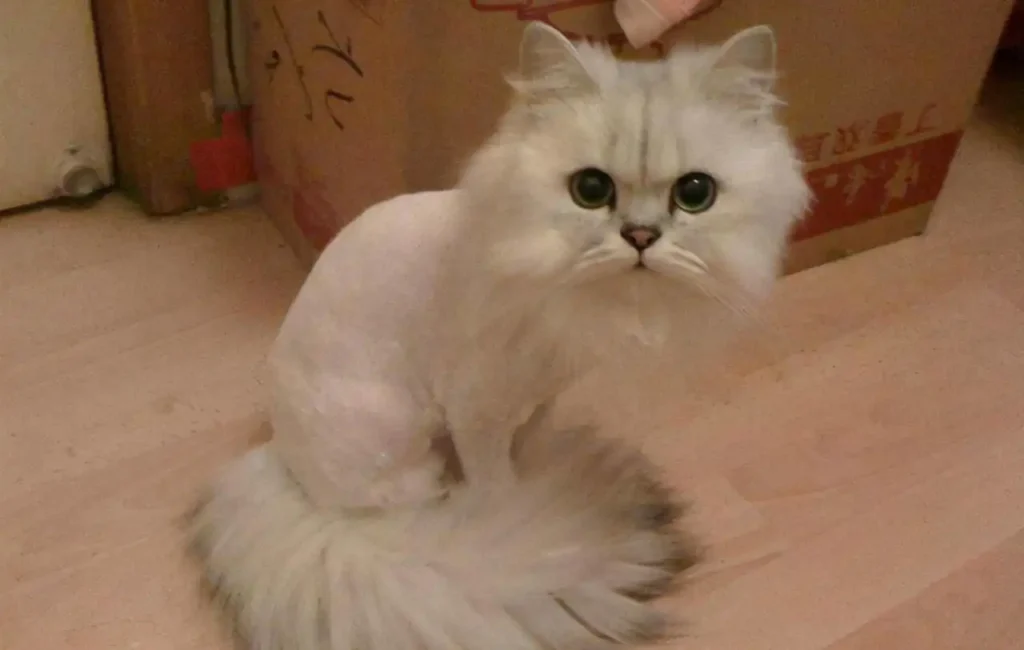
Shaving and cleaning are the first steps in treating skin conditions in cats!
Since skin diseases are usually caused by external infections such as bacteria, mold, and parasites, shaving removes the pathogens that build up in the hair and allows the medication to reach the skin directly and work more effectively.
Keeping the affected area clean helps to control the spread of the infection and promotes the speed of recovery of skin health.
2. Medication
Medication is the most common form of treatment for skin diseases. Depending on the severity and extent of the skin condition, medication may be administered orally, by injection, or by topical ointment, depending on the diagnosis.
How to improve your cat’s skin condition?2 Focus on restoring healthy skin!
What can I do to improve my cat’s skin condition after it has been diagnosed? In addition to following your veterinarian’s instructions to help your cat’s skin heal, there are 2 things that you can do to help your cat’s skin get back to a healthy state and prevent future skin disease:
1. Healthy Diet
The skin is a protective shield against external germs. When your cat’s skin is affected by poor nutrition, mold and bacteria can take advantage of the situation. Therefore, maintaining a healthy diet and ensuring that your cat receives balanced nutrition is the key to maintaining healthy skin.
2. Health Supplements to Maintain Immunity
External germs can easily invade when your cat’s immunity is low.
Giving immunity supplements to your cat can help to prevent the immune system from dropping too much when your cat is weak, and reduce the risk of bacterial or mold infections.
Woofmeow Immune Health Powder can maintain the stability of immunity, strengthen the furry’s defense, and restore good health!
Can Cat Skin Disease be Transmitted to Humans?
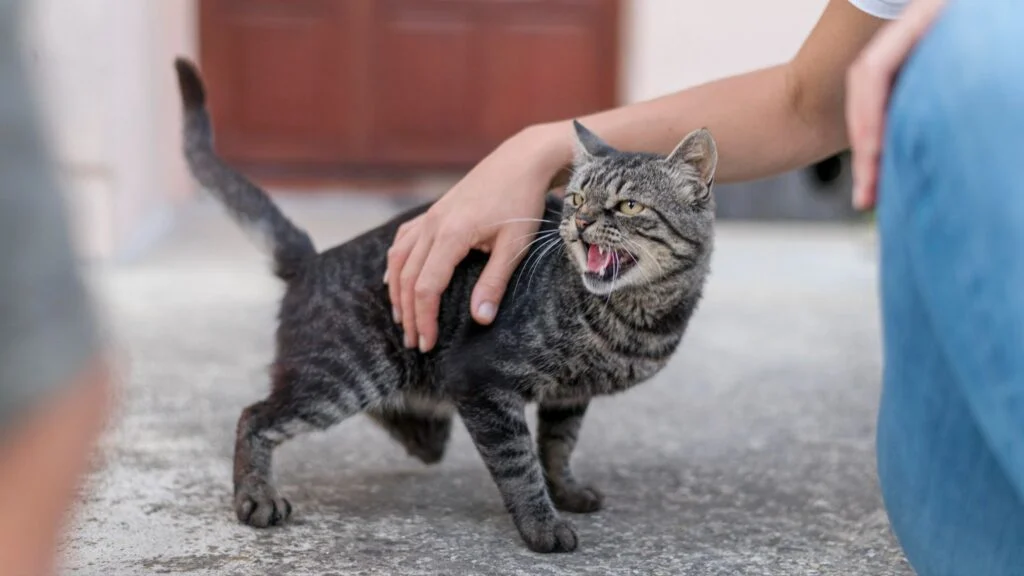
Not all feline skin diseases are contagious to humans!
However, some skin diseases are zoonotic, such as ringworm, which is a fungal infection, and are highly contagious and can be transmitted to humans if proper protection and isolation are not in place!

